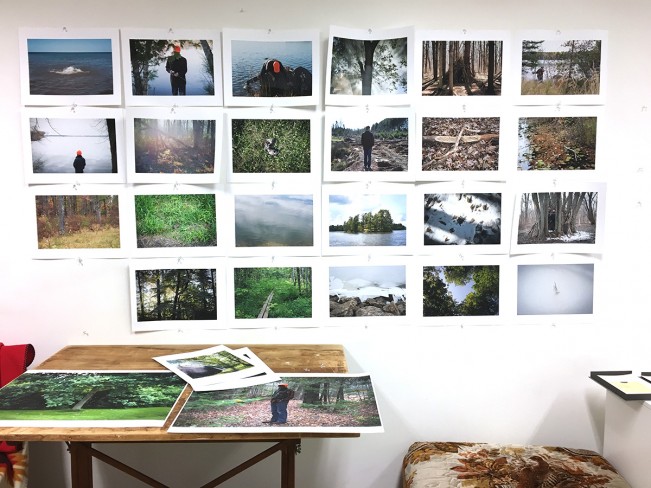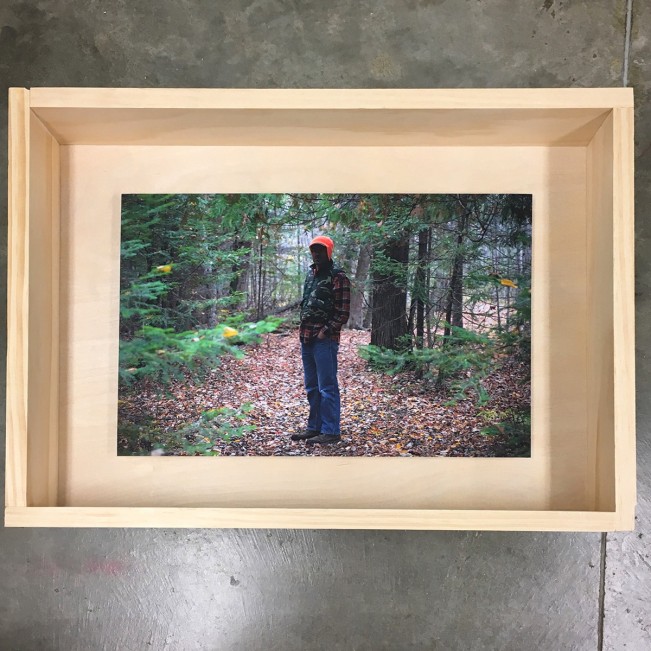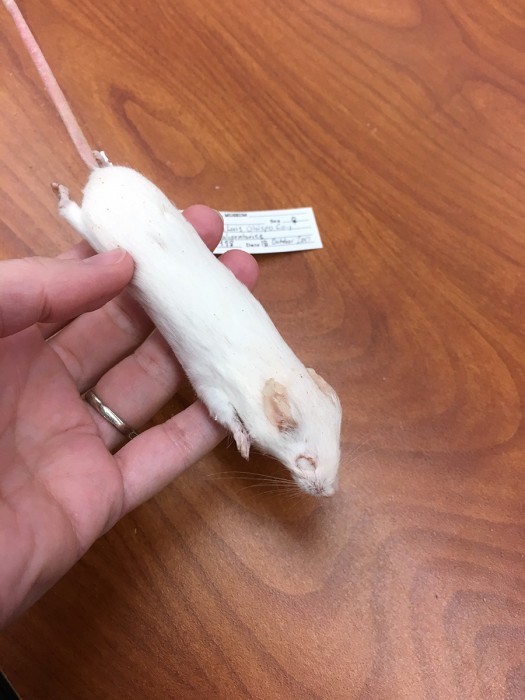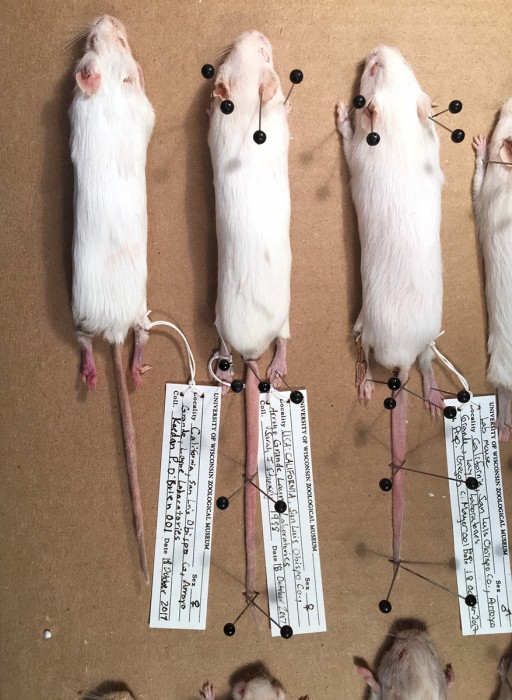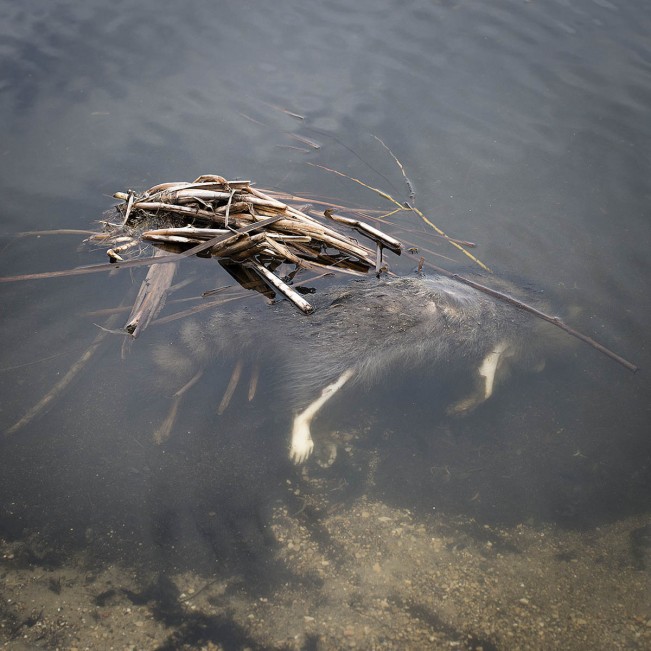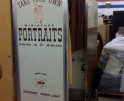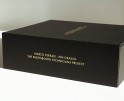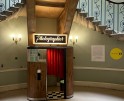On Getting an MFA: Article #4
For those of you who are just joining now, this is my fourth article about the process of getting an MFA and my personal experiences through it. To summarize, I am in a three year program, rather than the typical two years. After the second year, I will receive my MA, which is a non-terminal degree, unlike the MFA, so I can go on to receive my PhD if I feel like torturing myself even more when this ordeal is over. I will have an MA thesis exhibition this Spring and then the third year is when I will receive my Master of Fine Arts degree and have my final thesis exhibition. It is a bit more intense than the typical program but I really enjoy having the extra time at a research university to further develop my practice and interact with other areas of study.
Right now, I am finishing up my third semester in the program at the University of Wisconsin-Madison. The big thing that happened this semester was the formation of my MFA committee. These are essentially the four people who will decide whether or not I can graduate. They are also the people who approve my class “electives” for course requirements. Since there is only one faculty member in the photography area, three out of four of my committee members are from outside my usual medium (one from printmaking, one from sculpture and one from book arts and letterpress). This is one of the reasons why I chose this program, I knew I wanted new perspectives about my work, I wanted to build my network.
The thing I am struggling with the most right now is splitting my time between what feels like multiple lives. I have “normal” responsibilities like paying a mortgage (and tuition, yikes) and being a wife, a daughter, a friend, on top of my graduate student life. Then to further complicate matters, as a student I feel pulled between desires to focus on research, writing and experiences, but there is a lot of pressure to produce a lot of art work as well. Knowing that there are only ever twenty four hours in a day, something inevitably suffers. For me, this is usually eating and sleeping. Everyday I have to remind myself how extremely privileged I am to be doing this, so I keep going.
This semester I was able to work as a collections manager at the University‘s Geology Museum. Thankfully I will be continuing this position into the Spring semester as well. Having absolutely zero experience in the hard sciences or, geology for that matter, I can hardly believe I got this opportunity. Touching four hundred-million-year-old paleontological specimens is pretty spectacular and kind of unbelievable. Some of these objects are irreplaceable just as precious pieces of artworks are in other museum collections. Mostly I have been working on digitizing their collections, which is a slow and tedious process, but a very necessary one that makes data available to more researchers and helps preserve the specimens as well.
As part of my required sixty credits, I have to take at least one academic class (at 300 level or above) outside of the art or art history departments. I chose to take a Zoology course titled, Museum Studies in Natural History. This was such an amazing class! I had to prepare mammal skins, among other things, as a part of the course requirements. Here’s an image of my little lab mouse that I prepared. Through this process, I found out what the vertebrae in a mouse tail feels like in between the tips of my finders (very bazaar indeed). The museum’s curator demonstrated the process of removing the skin from the body sack and described it, “…like taking off a sock”. Not sure what kind of sock she wears but it was an amazing experience that I’m glad I got through without coming off like I had no idea what I was doing. These experiences working along side scientists have heavily influenced my artwork.
When I was an undergraduate student, I did not take full advantage of the opportunities to try things outside of my comfort zone. Besides meeting the requirements of a BFA, I did not branch out a whole lot because I was convinced that photography was the only thing for me. While I am still obsessed with photography, I am having a lot of fun experimenting with ways that other mediums and practices can strengthen my images. I like figuring out ways that a photograph can become more object like and interactive. Books have always seemed like the obvious way of accomplishing this and so I’ve been doing that too. The next natural step seemed to learn how to print on an old fashioned Vandercook letterpress machine, so I did. Now I am in the process of creating my own archive. It is a faux natural history collection of photographs rather than physical objects like in traditional specimen collections. I’m utilizing scientific procedures for cataloguing specimens including tracking location, species and date for each record, but that is pretty much where the hard science stops. As an artist, I’m thankful that I have the freedom to use things like metaphor in my work. The body of work I’ve been creating is titled, Relics of Nature and it utilizes my fascination of historical documents, my impulse to hoard things and my love of photography so it is a great project for me right now.
Posts on Lenscratch may not be reproduced without the permission of the Lenscratch staff and the photographer.
Recommended
-
Spotlight on the Photographic Arts Council Los AngelesNovember 23rd, 2025
-
100 Years of the Photobooth: Celebrating Vintage Analog PhotoboothsNovember 12th, 2025
-
100 Years of the Photobooth: The Photobooth Technicians ProjectNovember 11th, 2025
-
100 Years of the Photobooth: Rafael Hortala-Vallve: AUTOFOTONovember 10th, 2025
-
BEYOND THE PHOTOGRAPH: Q&A WITH PHOTO EDITOR JESSIE WENDER, THE NEW YORK TIMESAugust 22nd, 2025


